
It’s always nice to get free plants. For some plant species, it’s surprisingly easy to get new plants either by rooting cuttings, dividing established plants, or starting plants from seed.
And of course some plants, such as goldenrods, just spread on their own — sometimes more than you’d want.
Still, though, it’s hard to complain about free plants when the extras are pretty easy to pull out.
There are big differences in the ease of reproducing plants, and different methods are suitable for different plants. We use William Cullina’s books, which have very useful information at the back on how best to reproduce each kind of plant. Some are quite tricky to grow from seed, some requiring years to germinate.
For some plants, we find it’s easiest and cheapest to just buy a single plant of a species we want, then we divide it after a few years or watch for seedlings to appear. (They’ll be small, so learn to recognize them and be on the lookout!)
The disadvantage of taking cuttings or dividing plants, unlike starting plants from seed, is a lack of genetic diversity. In one person’s yard, though, I wouldn’t think it would have the negative impact that selling a single cultivar all over the country has.
From cuttings
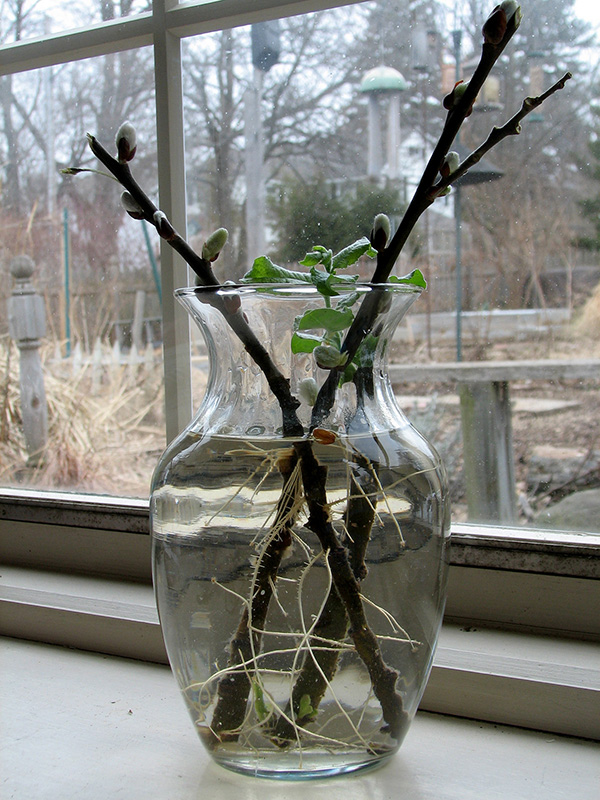
Sometimes creating new plants is just as simple as putting a cut stem in water, as with these pussy willows. I think this is the only plant we’ve started this way.
This is simpler for willows than it would be for most other plant species, but there are probably others that work well with this method.
Dividing plants
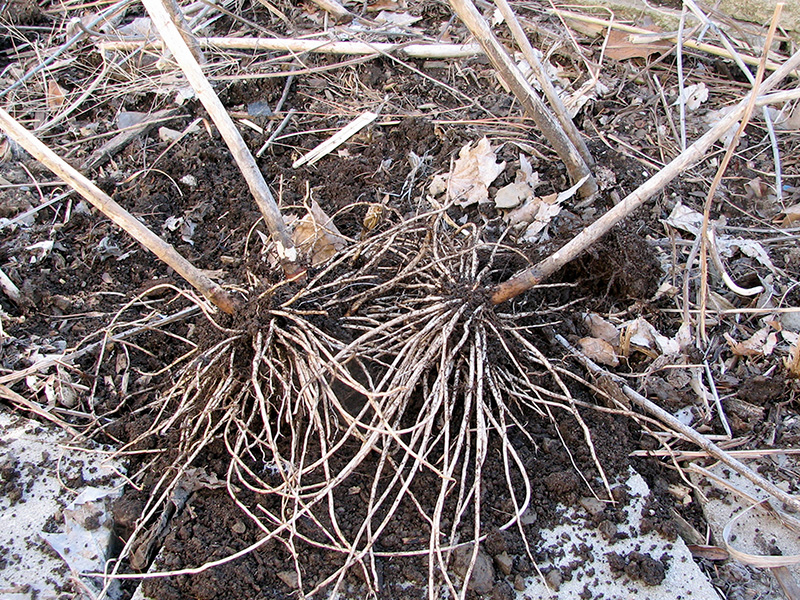
More often than starting plants from seed, we’ve divided mature plants. It’s the cheapest way to get more plants, especially for expensive or hard-to-find plants.
Of course, I’ve had to be patient while my purchased plant matures. (See more about dividing milkweed and about planting milkweed from seed …)
Growing plants from seed
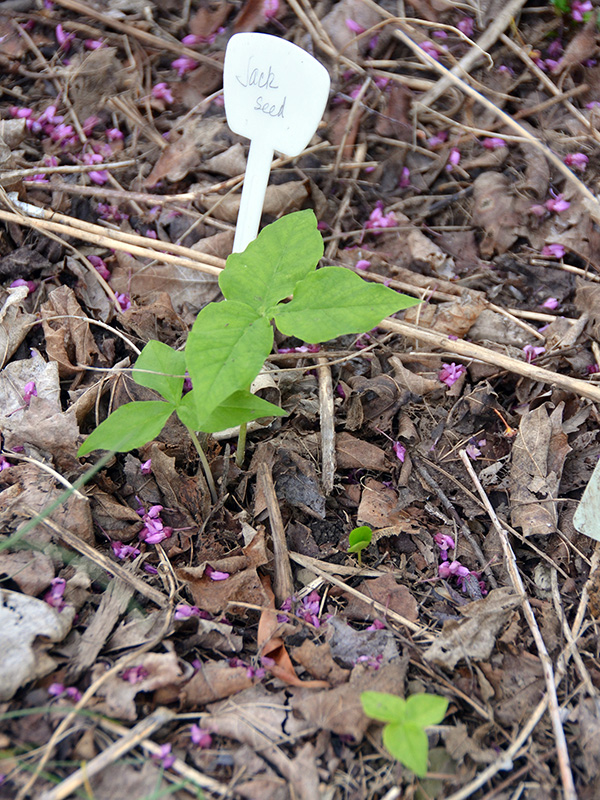
It’s surprisingly easy to start some native plants from seed. (And it’s surprisingly difficult to start others from seed.)
We started these jack-in-the-pulpit seeds just by sprinkling them on the soil and — this is the important part— putting a plant marker there so we’d know where to look for seedlings. Otherwise, we’d likely either pull them up as weeds or just let them get covered by too much leaf litter.
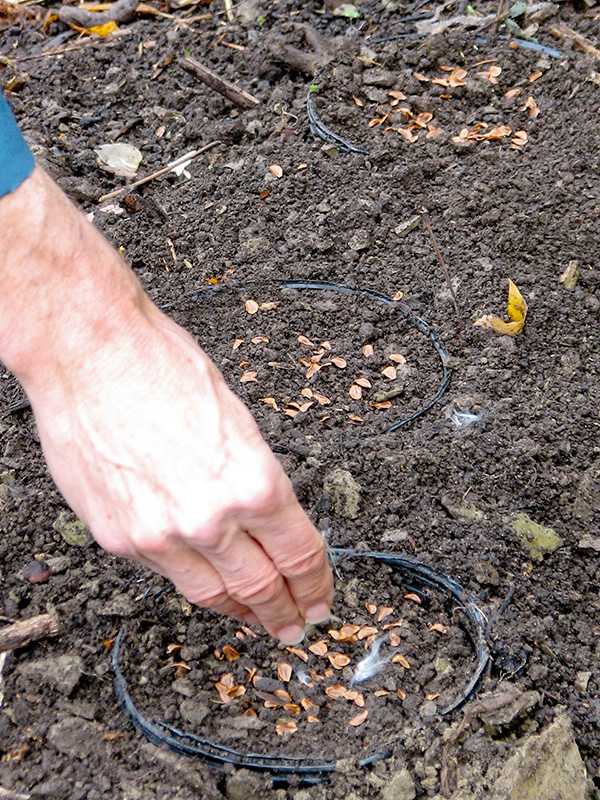
Here we’re planting milkweed seeds in the fall, and we’ve done this with other kinds of plants, too. Milkweed seeds is one of the many kinds that need cold stratification. We could do this inside in the fridge, but why not let nature do the work?
We sink the pots into the soil so conditions are as natural as possible.
Of course, we could just sprinkle them on the soil, but it’s always hard to remember where we planted them and to recognize any seedlings that come up.
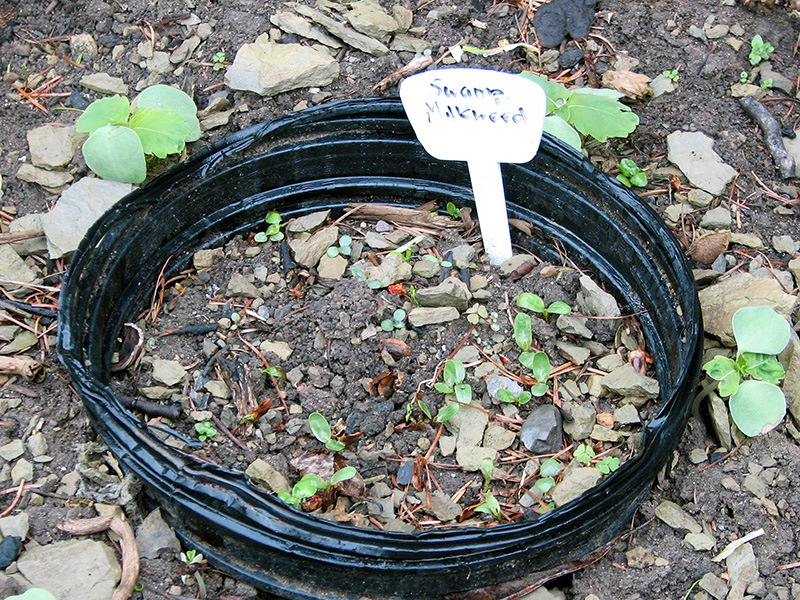
We (finally!) learned to label what we plant.
Yes, the plant sunk into the ground lets us know that we planted seed there, but WHAT seeds?? That’s when we realized we also need to include a plant label even in the pots.
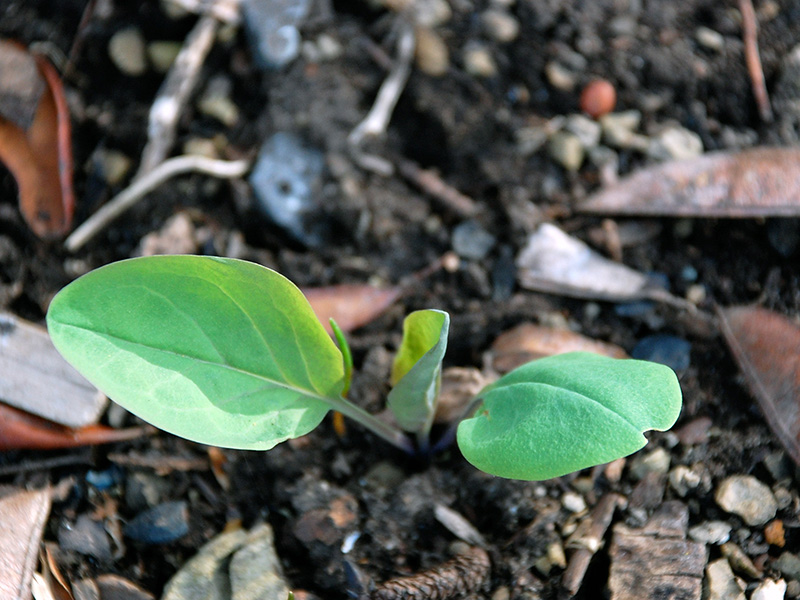
We started this bluebell (Mertensia virginica) by simply planting about three dozen seeds in a 4″ or 5″ pot and leaving it buried in the soil over the winter. We were astonished to see dozens of little bluebell plants the following spring. We planted them in the front yard, and they bloomed the following year.
Of course, the next challenge is to help the tiny plants survive. If they’re important, we’d continue growing them in pots until they were a little larger, but since we had more seedlings than we needed, we just planted them out.
About a third of the bluebells survived and are now blooming size. Some were just “misplaced,” i.e. not labeled properly, dug up accidentally, or experienced some other traumatic event. Some of our twinleaf plants got eaten, but we still had quite a few.
We also bought a potted twinleaf (Jeffersonia diphylla) at a native plant conference, deliberately choosing one that already had a seed pod.
We planted each of the seeds in a small pot and put the little pots in the garden over the winter. Lo and behold, almost every one germinated!
I love this plant, so I now also look for any seedlings that happen to appear so I can start a few patches of this beautiful plant.
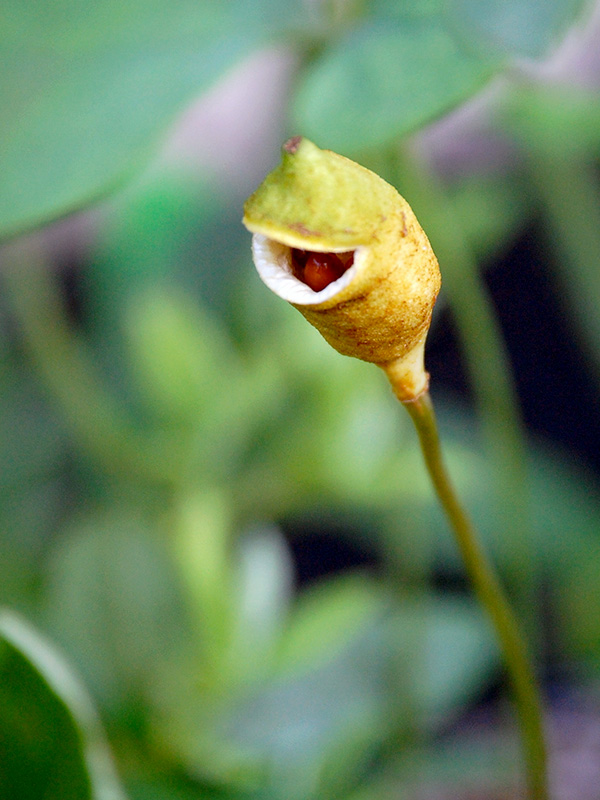
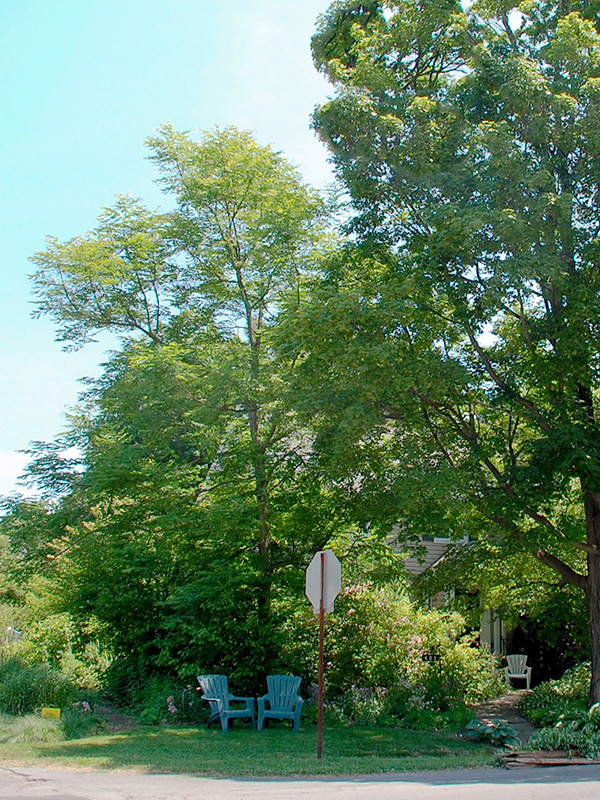
We’ve even started trees and shrubs successfully just by planting a seed or nut.
Talk about fast-growing! Our then 3-year-old son collected a Kentucky coffee tree nut from the local arboretum and planted it in a cottage cheese container. The photo at left shows the tree at 24 years old, and now at more 30 years o.d, it’s taller than our house!
(NOTE: These nuts were all over the ground in this city park and swept up while the lawn was mowed. But in some situations, such as private land or public parks, you might need to ask permission to collect seeds.)

Even the mighty oak can start with an acorn, probably much more successfully than as a larger seedling.(See Tallamy’s The Nature of Oaks for more info.)
Our local nature center is starting oaks from acorns in their project turning an old cornfield into a forest.
Judging from the number of little dogwood shrubs, St. John’s worts, hibiscuses, and swamp milkweeds growing around the yard, some plants seem to be especially easy to grow from seed, though we haven’t intentionally tried this.
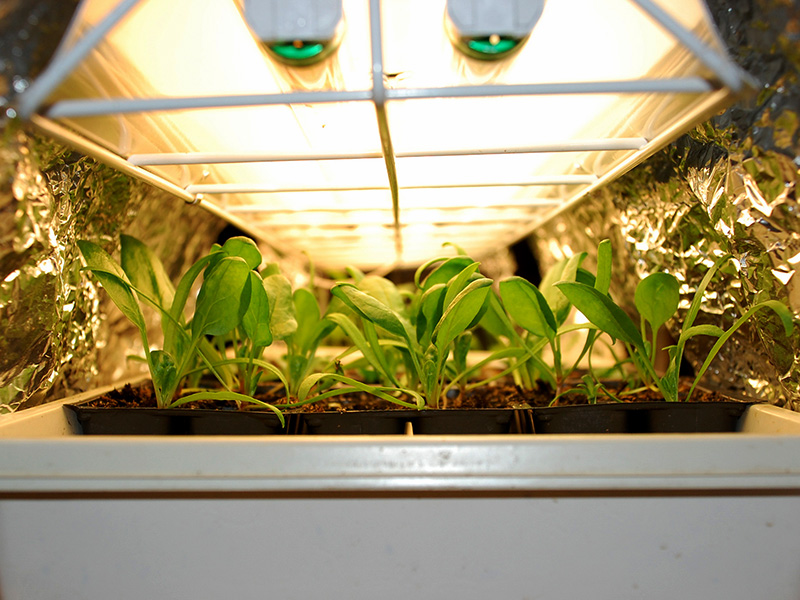
We sometimes start seeds inside, usually under lights. We use regular fluorescent lights, not the special grow lights. They seem to work fine.
Not all plants are easy to start from seed, though. I don’t have enough interest in starting plants to try the difficult ones — those are the ones I buy as seedlings or small plants. But for the easy ones, it’s satisfying to know you have as many as you want for the price of a little effort.
Easiest and cheapest of all
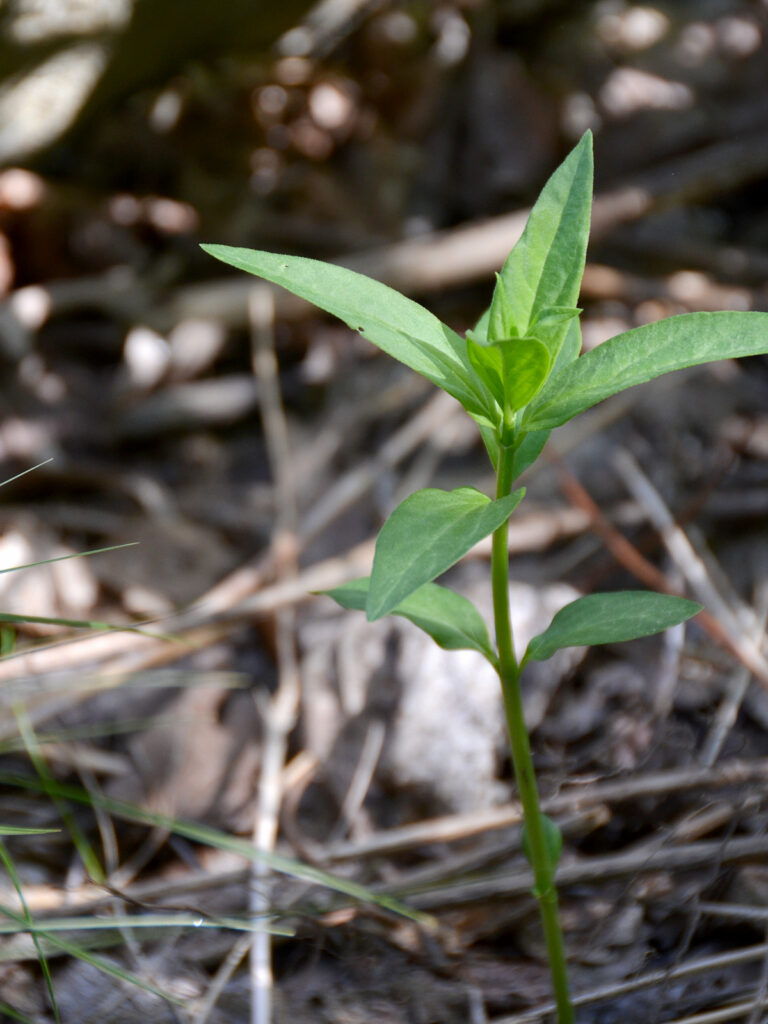
If you learn to recognize them, you probably will find seedlings of many plants just appearing. (That’s how they grow in the wild after all.)
Here’s a swamp milkweed seedling that I spotted. I can always find a place for another swamp milkweed!
Learning to recognize them is key, though, so you don’t mistake them for weeds. I don’t want to weed out desirable plants I’d otherwise be planning to purchase! The first leaves often don’t look like those of the mature plant. After a while, it’s easy to recognize seedlings of your favorite plants.
And one of my favorite plants, twinleaf! As I mentioned above, I initially started some new plants from seed. But now I’ve learned to recognize seedlings that grow all by themselves, so all I have to do is find them and transplant them where I want them to grow.
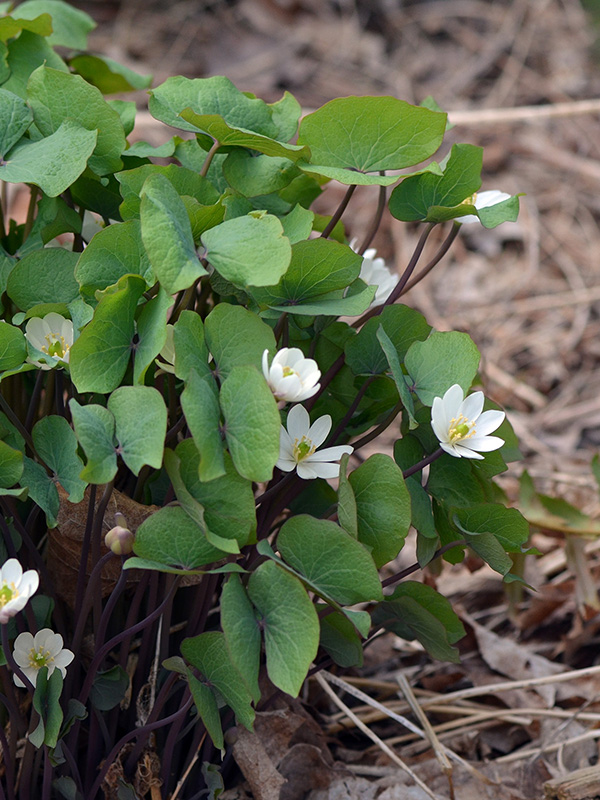
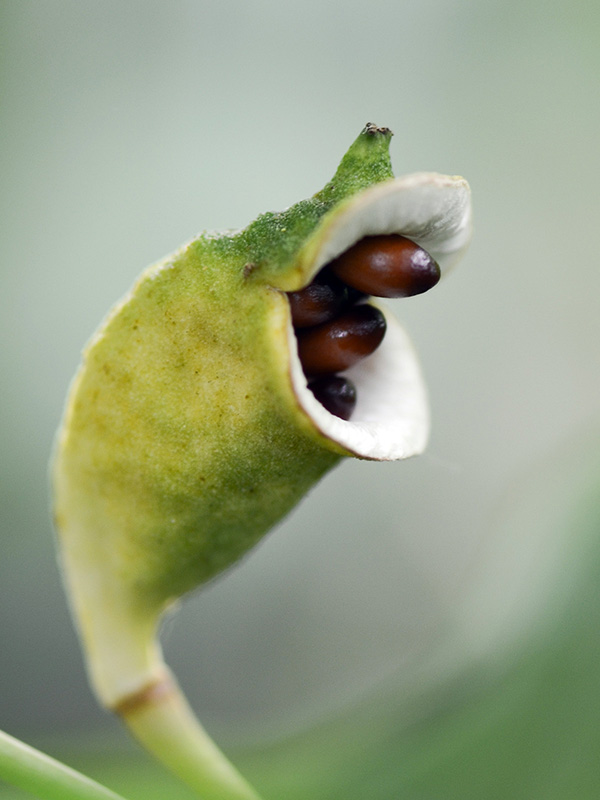
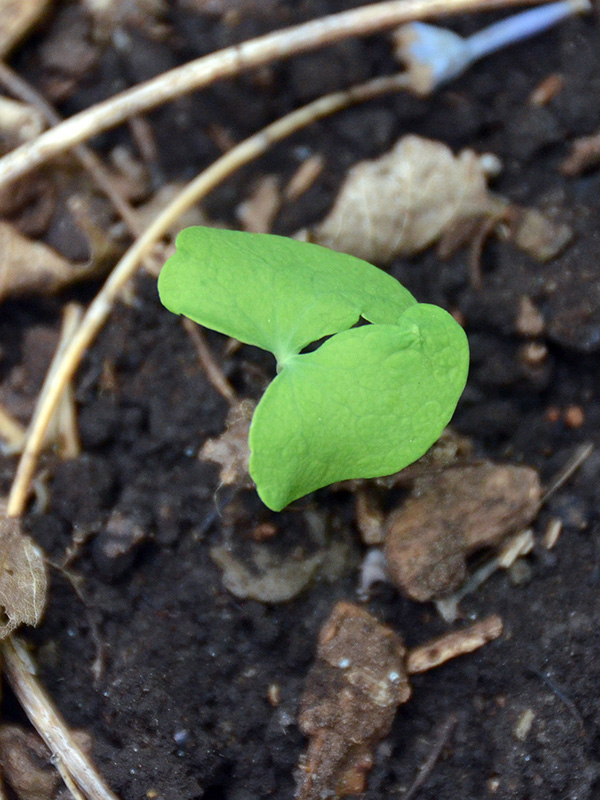
This is another reason to initially obtain local ecotype species rather than cultivars or the same species from another part of the country. Each plant you acquire can be the beginning of many other plants, either for your own yard or for sharing with others. You want to be sure you’re establishing the best plants for your own specific region.
Resources
- William Cullina’s books:
- His books have info about growing specific plants from seed in the Appendices
- Ecological Landscape Alliance:
- Seedling identification – Photos to help you recognize your “volunteers”!
- NRCS-USDA:
- Seedling ID guide for native prairie plants – Many are native in the Northeast, too
- Forb seedling identification
- Wild Seed Project:
- Pollinator Pathway:
- Choose Natives:
- Tree size matters – Planting bigger is not better
- Homegrown National Park:
- How to plant oak trees from acorns – 1 min video
- Audubon magazine:
- Joe Gardener:
- New York Times:
- Growing wildflowers isn’t difficult. And it’s urgent. – features the Wild Seed Project
Reflections
Let me give you a definition of ethics: It is good to maintain and further life; it is bad to damage and destroy life.
~ Albert Schweitzer, theologian/physician/musician and Nobel Prize winner
